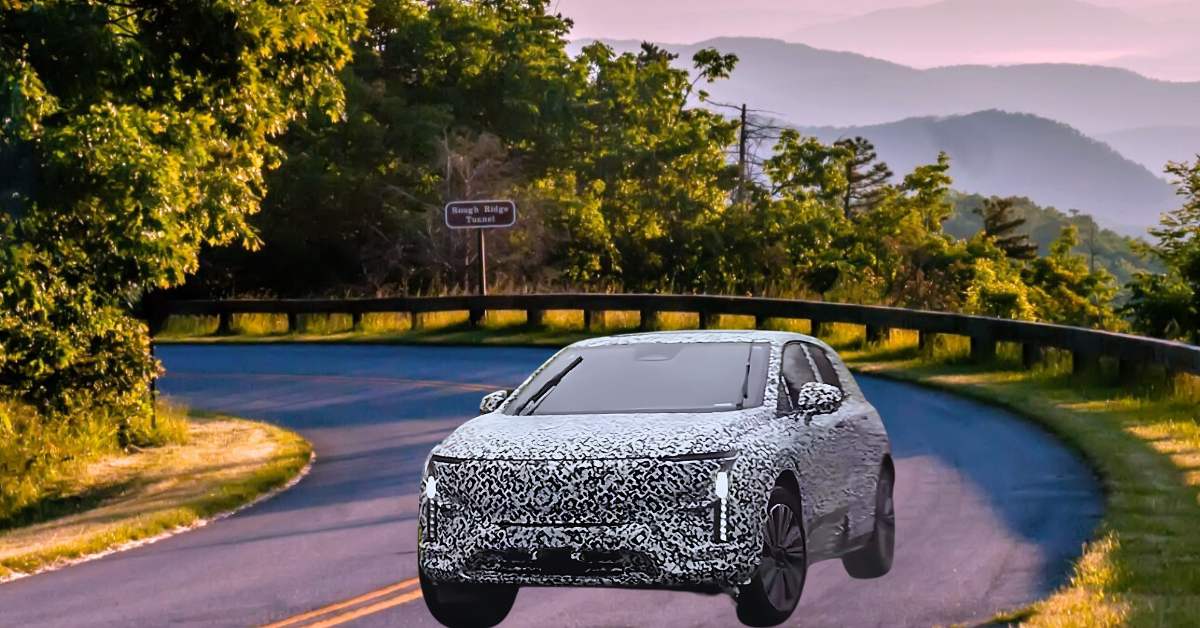In the automotive world, the secrecy surrounding new car models is paramount. Car manufacturers invest significant resources in keeping their latest designs under wraps until their official launch. However, despite these efforts, the world often catches glimpses of these unreleased vehicles through “spied” shots—photos taken by enthusiasts or professional photographers of cars in testing phases. This article delves into the intricate world of car testing, exploring how these spied moments unfold and how the public manages to capture these secrets.
The World of Automotive Testing
What Is Automotive Testing?
Automotive testing is a critical phase in the development of new vehicles. It involves rigorous evaluations to ensure that a vehicle meets safety, performance, and reliability standards before it hits the market. Testing can include:
- Performance Testing: Assessing the vehicle’s handling, acceleration, braking, and fuel efficiency.
- Safety Testing: Ensuring the vehicle meets crash safety standards and is equipped with necessary safety features.
- Durability Testing: Putting the vehicle through various conditions to test its longevity and reliability.
- Environmental Testing: Evaluating how the vehicle performs in different climates and weather conditions.
Why Secrecy Matters
For car manufacturers, secrecy is paramount during the testing phase. The reasons include:
- Competitive Advantage: Keeping new designs confidential prevents competitors from gaining insights into upcoming innovations.
- Market Strategy: Prematurely revealing a new model can impact the strategic timing of its launch and affect marketing plans.
- Consumer Expectations: Unexpected leaks can shape public perception and expectations, potentially leading to misinformation or dissatisfaction.
The Phenomenon of Spied Shots
What Are Spied Shots?
Spied shots refer to candid photographs of unreleased vehicles taken by individuals or professional photographers who capture cars in testing environments. These spied images often show vehicles with camouflage wraps designed to obscure their design features. Spied shots can provide insights into new models’ design, features, and technology.
How Spied Shots Emerge
Spied shots typically emerge through various methods:
- Testing Facilities: Enthusiasts or photographers often spot test vehicles at automotive testing facilities or proving grounds.
- Public Roads: Manufacturers sometimes conduct road tests on public highways, where keen-eyed individuals may capture images of the spied vehicles.
- High-Profile Events: Occasionally, test vehicles are seen at events like auto shows or public exhibitions, albeit under heavy camouflage.
The Role of Spy Photographers
Spy photographers play a crucial role in capturing and sharing images of test vehicles. Their work involves:
- Staying Informed: Keeping track of test schedules and locations to anticipate where new models might appear.
- Using Specialized Equipment: Employing long lenses and discreet cameras to capture high-quality images from a distance.
- Navigating Legal Boundaries: Understanding and respecting legal constraints related to photographing vehicles in public and private spaces.
How Car Manufacturers Respond to Spied Shots
Managing Spied Leaks
Car manufacturers employ various strategies to manage the impact of spied shots:
- Camouflage: Using extensive wraps and disguises to obscure the vehicle’s design and prevent the exposure of key features.
- Controlled Testing: Limiting testing to private tracks or restricted areas to minimize the risk of public exposure.
- Strategic Responses: Occasionally, manufacturers may release teaser images or statements to control the narrative and manage public expectations.
The Impact on Marketing and Public Relations
Spied shots can have both positive and negative effects on a manufacturer’s marketing strategy:
- Positive Effects: They can create buzz and generate interest in an upcoming model, building anticipation among consumers.
- Negative Effects: Unintended spied leaks may lead to misinformation or negative speculation, potentially impacting the brand’s image or the vehicle’s reception.
Case Studies: Famous Instances of Spied Cars
The Tesla Roadster (2021)
One of the most notable examples of a spied vehicle is the Tesla Roadster. The prototype of this high-performance electric car was frequently in testing phases before its official unveiling. Spied shots revealed key design elements and performance features, generating significant public interest and speculation.
The Ferrari Purosangue
Ferrari’s Purosangue, the brand’s first SUV, was another highly anticipated model that garnered attention through spied shots. The vehicle was frequently seen in testing, and the images provided insights into its design and performance features, fueling excitement among enthusiasts and potential buyers.
The Ford Bronco
The Ford Bronco’s return to the market was highly publicized, and spied shots played a significant role in building anticipation. Early images captured the vehicle in testing, showing glimpses of its retro design and off-road capabilities, which contributed to the buzz leading up to its official release.
The Ethics and Legalities of Car Spying
Legal Considerations
The legality of photographing test vehicles varies by location and circumstance:
- Public Spaces: In many jurisdictions, photographing vehicles in public spaces is generally legal as long as it does not invade privacy or violate local laws.
- Private Property: Taking photos on private property, such as test tracks or manufacturing facilities, often requires permission and may involve legal risks.
Ethical Considerations
Ethical considerations in car spying include:
- Respecting Privacy: Avoiding intrusive behavior and respecting the privacy of individuals and property involved in testing.
- Avoiding Misinformation: Ensuring that shared spied images are accurate and not misleading, as misinformation can impact public perception and manufacturer reputation.
The Future of Car Testing and Spying
Technological Advancements
As technology evolves, the way cars are tested and spied on may change:
- Increased Use of Drones: Drones equipped with high-resolution cameras may become more common in capturing spied shots from various angles.
- Enhanced Camouflage: Manufacturers may develop more sophisticated camouflage techniques to better conceal vehicle designs during testing.
The Role of Social Media
Social media platforms play a significant role in the dissemination of spied shots:
- Rapid Sharing: Images captured by enthusiasts are often shared quickly across social media, amplifying their reach and impact.
- Public Engagement: Car manufacturers may engage with the public through social media to address leaks and manage perceptions.
Conclusion
The world of automotive testing and car spying is a fascinating intersection of secrecy, technology, and public curiosity. Spied shots provide valuable insights into unreleased vehicles, often shaping public perception and industry buzz. As the automotive industry continues to innovate and evolve, the dynamics of car testing and spying will undoubtedly adapt, driven by advances in technology and shifting consumer expectations.
In conclusion, the secrets behind spied car models reveal much about the automotive industry’s strategies and the ways in which enthusiasts and professionals capture and share glimpses of the future. As manufacturers and spies navigate this complex landscape, the excitement and anticipation surrounding new car models will continue to drive both innovation and speculation in the automotive world.
FAQs
1. Why do car manufacturers use camouflage during testing?
Car manufacturers use camouflage wraps to obscure design features of test vehicles, preventing competitors and the public from gaining insights into unreleased models.
2. Are spied shots of cars legal?
Photographing vehicles in public spaces is generally legal, but capturing images on private property or test tracks may require permission and can involve legal risks.
3. How do spied shots impact car manufacturers?
Spied shots can generate buzz and public interest in upcoming models but may also lead to misinformation or disrupt marketing strategies if leaks occur unintentionally.









